Slowing the Visible Signs of Aging
Summer weather is here and one of the first things on everyone minds is starting up the barbeque and grilling up some of our favourite foods while enjoying the summer sun. As much as this favourite past time is a staple tradition...

Summer weather is here and one of the first things on everyone minds is starting up the barbeque and grilling up some of our favourite foods while enjoying the summer sun. As much as this favourite past time is a staple tradition to celebrate the nice weather, we need to keep in mind how this may affect our health, and by extension, our skin. As we transition through the aging process, especially age 40 and beyond, being mindful of minimizing the effects of aging, we need to be aware not only of the damaging effects of U.V rays, but also the types of foods that can also be damaging to the skin.
A word that comes up often yet still is not as well known to many is glycation. More specifically advanced glycation end products (A.G.E’s) and how they effect our health and the aging of our skin. Taking a closer look A.G.E’s, they are formed in the skin when a sugar combines with a fat or protein.
Your Skin

The Dermis, the lower layer of the skin is responsible for the tone and underlying supportive structure of our skin. When glycation occurs, a cross linking effect occurs which makes the collagen/Elastin matrix more rigid and inflexible resulting in the skin losing a great deal of its ability to “bounce back”.
If we accumulate too many of these A.G.E’s in our system, they can create a harmful cascading effect on our bodies which includes but is not limited to acceleration of aging including wrinkling, barrier functions becoming compromised and an overall loss of elasticity. Glycation can occur in a huge number of key cellular structures including collagen, elastin, DNA, lipids, and fibronectin causing a cross linking between structures which will greatly inhibit their ability to function and repair themselves as they normally would. Glycation has also been shown to accelerate apoptosis of fibroblast cells and further slow down the cellular regeneration process contributing to the continued advancement of aging. In later years the advanced skin effects of glycation can often be seen be cross hatched lines forming on the skin.
Other Health Concerns
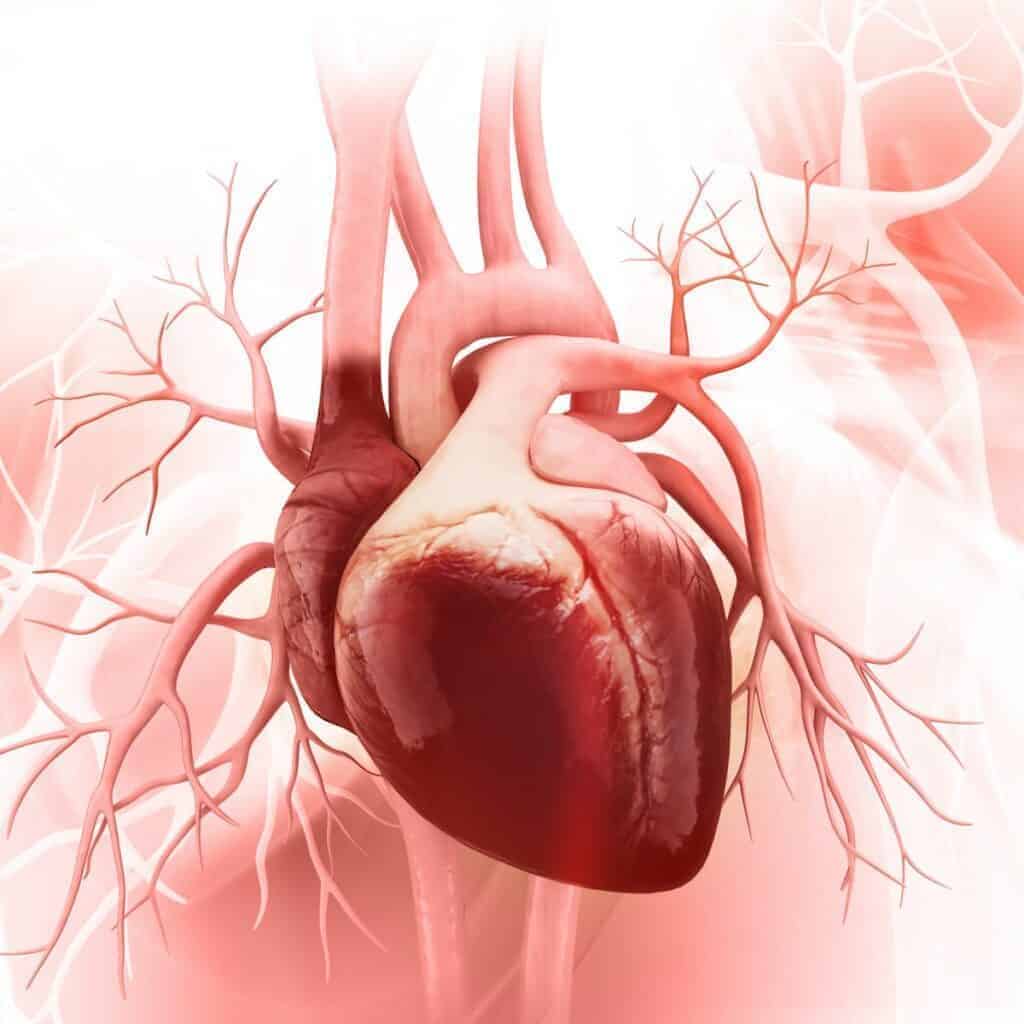
Potential health concerns may include the heart, kidney, the onset of diabetes as well as excess internal inflammation and oxidative stress. We do know, long term inflammation, caused by AG.E.’s can end up damaging every part of the body over time. A common area that these damaging end products bind to, are called receptors for A.G.E’s (RAGE). These are commonly found on the surface of immune cells which can exasperate the inflammatory response in the skin creating further cellular damage. It has also been shown in studies that people with conditions like diabetes and PCOS, both of which can commonly be linked to insulin resistance, have higher levels of AGEs than the average person.
Nutrition
Our bodies have many mechanisms such as antioxidants to fight off unwanted compounds in our system. However, if we tend to consistently expose our bodies to things that can cause an excess of A.G.E’s to form the body can’t eliminate or prevent everything, therefore causing accumulation over time.
Diet as mentioned above does contribute a lot to glycation occurring in our system. Even if we believe we are eating a fairly balanced diet, heating food using a dry method versus a method like steaming, poaching or boiling can accelerate the A.G.E’s in the food by up to 100x. Even more so when preparing foods high in protein and or fats via dry heat such as red meat, eggs, nuts etc.

A study done in New York to determine a persons average daily consumption of A.G.E’s was found to be around 15000 kilounits, with anything quite notably higher than that considered to be a high A.G.E. diet. The best advise is to try your best to not over cook your food, don’t use extremely high temperatures to cook your food and focus on “moist” heating methods. A great reason to get that slow cooker out!
There is a great source from ncbi.gov that reviews a chart of a large variety of foods with their average glycotoxin content which can be found here; ( Advanced Glycation End Products in Foods and a Practical Guide to Their Reduction in the Diet (nih.gov) )
While going though the client’s nutrition, it is also equally as important to review their habits when it comes to UV exposure. Studies have shown that A.G.E’s tend to accumulate more so in areas frequently exposed to UV radiation and are often quite abundant in sections of the skin showing visible signs of solar elastosis. Clients that regularly smoke are also at risk for an increased accumulation of A.G.E’s building up in their bodies particularly in the skin. As mentioned above antioxidants play a huge role in slowing the glycation process, and since we also are aware that smoking depletes vitamin C within our bodies this makes Vitamin C infused products and nutritional intake a key component in fighting AGE formation in our clientele.
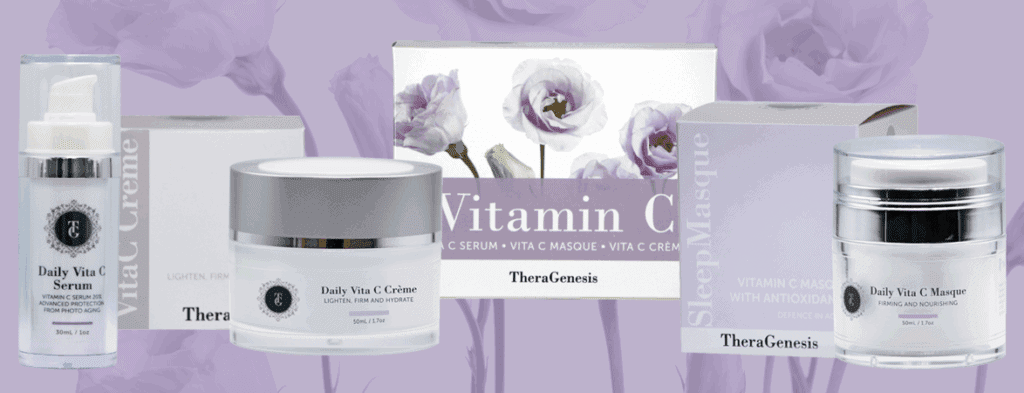
As aestheticians, glycation damage should be one of our primary focuses when it comes to skin health and the aging process. Our skin, our largest organ, plays a vital role in providing many key functions like protection, secretion, absorption, excretion, sensation and heat regulation. We also know that the aging process is a complex multi layered event that begins to really begins in our 30’s and is effected by both extrinsic and intrinsic factors. This is one of the reasons why consultation with your client is so important. We need to not merely look at unwanted symptoms or characteristics the client is seeing on their skin but take a whole wellness approach and look at the client’s lifestyle habits to find the root causes of why their skin is presenting itself in such a way.
Professional Skin Care
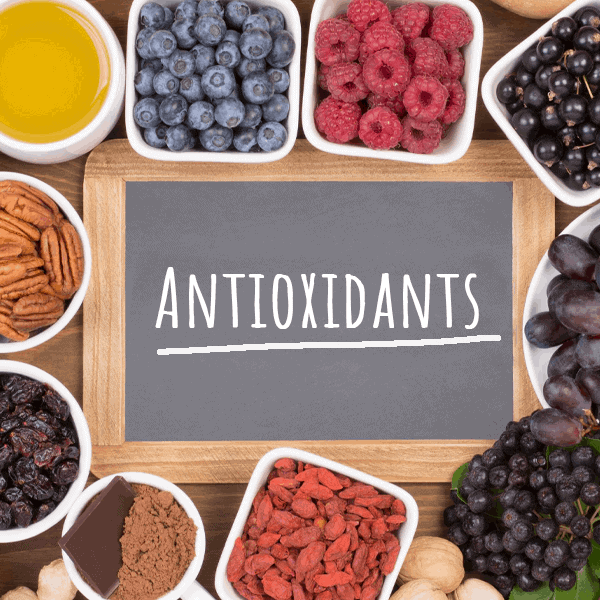
Beyond looking to nutrition and how to cook our food what else can we do to help lower our daily A.G.E intake? Well for starters, remember your body naturally produces antioxidants, which can help prevent the formation of these Glycated end products. but we want to help ourselves by consuming foods high in antioxidants. We can also add in those antioxidants into our skin care as well. Ingredients (both in diet and skin care) that are beneficial include but are not limited to blueberries, curcumin, resveratrol, quercin; a natural flavonoid, EGCG (found in green tea) and the always popular Vitamins C & E.
- DNA Repair Crème
(Blueberries, Co Enzyme Q10, Green Tea) - Revitaderm Complex (Retinol, Resveratrol, Green Tea, Vitamin C)
- Banana Soufflé (Green Tea, Vitamin E, Carrot oil)
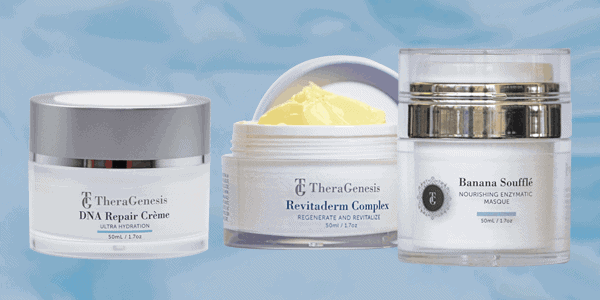
A.G.E. Defense
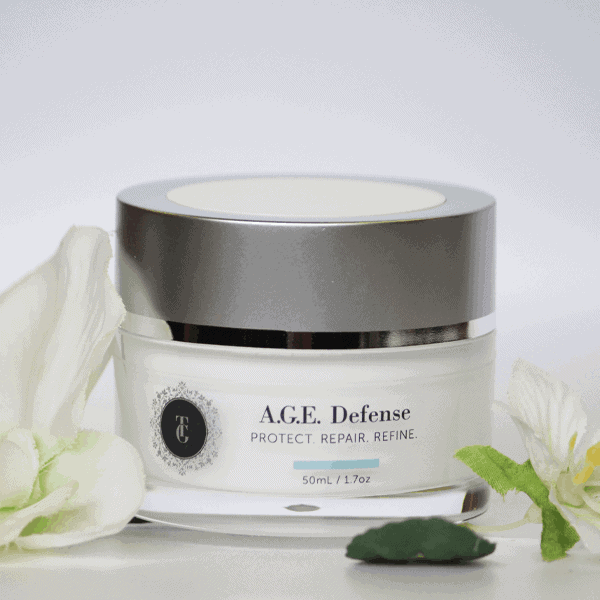
My recommended go to daily cream for glycation is from TheraGenesis “AGE Defense”. While this product is packed full of goodies, there is one ingredient in particular that I want to shine a light on due to the subject at hand : Elestan™. This 4 in 1 ingredient is perfect for targeting elastin that commonly gets overlooked in skin care next to collagen, but is just as important and often has devastating effects done to its structure via aging and glycation.
- Elestan™ has anti-elastase properties. This helps prevent the elastase enzyme from degrading the elastin over the aging process to help preserve the skins elasticity and youthful appearance.
- In addition, it is also able to stimulate proteins such as FIBUKIN-5 to ensure proper organization of new elastin fibers that are forming in the skin.
- Within many cases some clients may have already noticed a decline in skin quality in which case the ingredients can also stimulate the production of new elastin in the skin to fight against the already damaged network of elastin fibers.
- On top of all of the great benefits to elastin fibres, Elestan™ also can help prevent/inhibit the hardening of fibers due to glycation making them a great defensive agent against AGEs (hence the product name).
Keep in mind that is just one of many impressive ingredients in this cream. The A.G.E Defense Crème also includes other key ingredients like:
- Vit-a-Like™; a botanical with retinol like effects on the skin to help with skin tone and wrinkling,
- Reforcyl™; a plant extract to help reinforce barrier function in aging skins.
- Tego Stemlastin™; derived from algae and high in minerals, nutrients and hydration for the skin.
Whether glycation is a newer concept for you or if you have already begun to dig deep into the complex process it is, one thing we all have in common is that A.G.E’s will effect all of us to varying degrees, and more importantly are aspects we need to educate our clients on so they can make informed choices about their lifestyle habits including nutrition, as well as the products they are putting on their face. Knowledge is empowering and can give the client the confidence in both you as a skin care therapist as well as themselves to help take back control with their own wellbeing and skin care routine. Make sure you keep your antioxidant serums, AGE Defense Crème, and SPFs in stock to give everyone a chance to defend against our daily exposure to A.G.E’s so we can all get back to enjoying the beautiful weather!

References
Brown, M-J. (2019). What are Advanced Glycation End Products (AGEs)? Healthline. Retrieved from Advanced Glycation End Products (AGEs): A Complete Overview (healthline.com)
Dry Fasting (2020). Advanced Glycation End Products. Dryfasting.com. Retrieved from Studies of Advanced Glycation End Products (Ages) | DRY FASTING
Kusi, K. Puchulu, F. Sabban, E. (2018). Dermatology and Diabetes. Springer International Publisher. Retrieved from; Dermatology and Diabetes – Google Books
Paraskevi Gkogkolou & Markus Böhm (2012). Advanced glycation end products, Dermato-Endocrinology. Retrieved from Advanced glycation end products (tandfonline.com)
Uribarri, J., Woodruff, S., Goodman, S., Cai, W., Chen, X., Pyzik, R., Yong, A., Striker, G. E., & Vlassara, H. (2010). Advanced glycation end products in foods and a practical guide to their reduction in the diet. Journal of the American Dietetic Association, 110(6), 911–16.e12. https://doi.org/10.1016/j.jada.2010.03.018
Young, L. (2019). What’s Glycation and How to Fight It? Live Young Blog ISDIN. Retrieved from What’s glycation and how to fight it? | ISDIN’s blog
